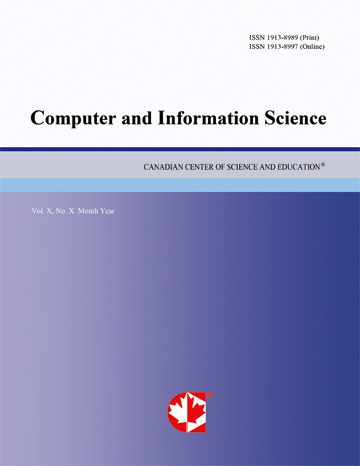A Comparative Study on Modeling Methods for Switched Reluctance Machines
- Shoujun Song
- Weiguo Liu
Abstract
Switched reluctance motor (SRM) has many specific advantages and has being gradually used in all kinds of applications. However, because it’s inherently multivariable, strong-coupling and highly nonlinear, there are lots of difficulties to build its model. In this paper, many modeling methods include numerical, analytical and intelligent approaches are studied and compared in terms of complexity and accuracy. The static flux linkage and torque characteristics obtained by each method are given. The advantages and disadvantages of each method are summarized as well.
- Full Text:
 PDF
PDF
- DOI:10.5539/cis.v3n2p205
Journal Metrics
WJCI (2022): 0.636
Impact Factor 2022 (by WJCI): 0.419
h-index (January 2024): 43
i10-index (January 2024): 193
h5-index (January 2024): N/A
h5-median(January 2024): N/A
( The data was calculated based on Google Scholar Citations. Click Here to Learn More. )
Index
- BASE (Bielefeld Academic Search Engine)
- CNKI Scholar
- CrossRef
- DBLP (2008-2019)
- EuroPub Database
- Excellence in Research for Australia (ERA)
- Genamics JournalSeek
- GETIT@YALE (Yale University Library)
- Google Scholar
- Harvard Library
- Infotrieve
- Mendeley
- Open policy finder
- ResearchGate
- Scilit
- The Keepers Registry
- UCR Library
- WJCI Report
- WorldCat
Contact
- Chris LeeEditorial Assistant
- cis@ccsenet.org
